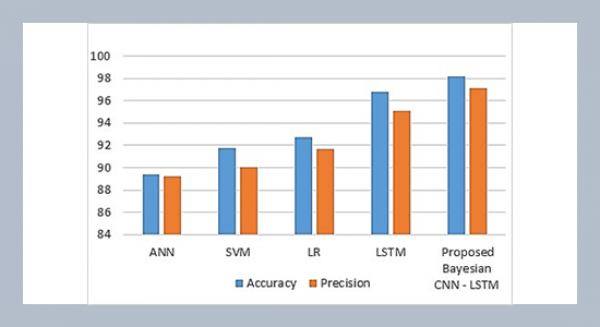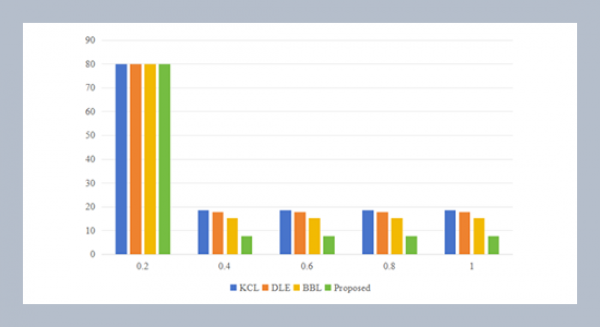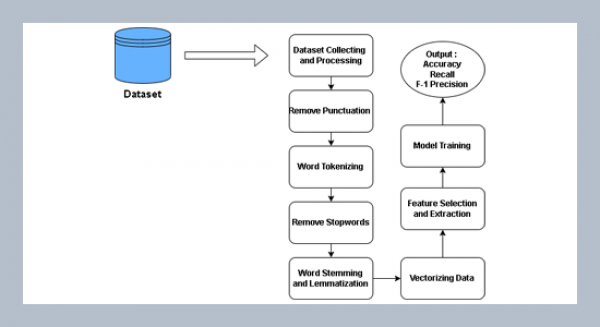P. V. Gopi Krishna Raoa*, M. V. Subramanyamb, and K. Satyaprasadc aDepartment of EIE, Rajeev Gandhi Memorial College of Engg. & Tech., Nandyal, A.P., India
bDepartment of ECE, Shantiram College of Engineering, Nandyal, A.P., India
cDepartment of ECE, JNT University College of Engineering, Kakinada, A.P., India
Download Citation:
|
Download PDF
IMC-PID controllers provide good set point tracking but sluggish disturbance rejection, because of introduction of slow process pole by the conventional filter. In many industrial applications disturbance rejection is important than set point tracking. In this paper PID controller with Internal model control tuning method (IMC-PID) with an improved IMC filter is presented for effective disturbance rejection and robust operation of first order process with time delay (FOPTD). The suggested filter eliminates the slow dominant pole. The present study illustrates that the suggested IMC filter provides good disturbance rejection irrespective of where the disturbance enters the process and provides good robustness to model mismatch in terms of sensitivity in comparison with other methods cited in the literature. Simulation study was performed on processes with different θ/τ ratios to show the effectiveness of suggested method by calculating the controller parameters to have same robustness in terms of maximum sensitivity. The closed loop performance was tested using integral error criteria Viz. IAE, ISE, ITAE. The suggested IMC filter provides good disturbance rejection response for process having θ/τ< 1.ABSTRACT
Keywords:
IMC; improved filter; disturbance rejection; robustness; sensitivity; integral criteria; FOPTD.
Share this article with your colleagues
[1] Lee, M., Shamsuzzoha, M., and Luan Vu, T. N. 2008. IMC-PID Approach: An Effective way to get an Analytical Design of Robust PID Controller. International Conference on Control, Automation and Systems, Seoul, Korea, 2861-2866.REFERENCES
[2] Gopi Krishna Rao, P. V., Subramanyam, M. V., and Satyaprasad K. 2012. Model based Tuning of PID Controller. Journal of Control & Instrumentation, Vol. 4, 1: 16-22.
[3] Shamsuzzoha, M. and Lee, M. 2008. Analytical design of enhanced PID filter controller for integrating and first order unstable processes with time delay. Chemical Engineering Science, 63: 2717-2731.
[4] Desborough, L. D. and Miller, R. M. 2002. Increasing customer value of industrial control performance monitoring-Honeywell’s experience. Chemical Process Control-VI (Tuscon, Arizona, Jan. 2001), AIChE Symposium Series No. 326. Vol. 98.
[5] Saxena, S. and Hote, Y. V. 2012. Advances in Internal Model Control Technique: A Review and Future Prospects. IETE Technical Review, 29(6): 461-472.
[6] Morari, M. and Zafiriou, E. 1989. “Robust Process Control”. Prentice Hall, Englewood Cliffs, New Jersy.
[7] Rivera, D. E., Morari, M., and Skogestad, S. 1986. Internal model control. 4. PID controller design. Industrial and Engineering Chemistry Process Design and Development, 25: 252-265.
[8] Horn, I. G., Arulandu, J. R., Christopher, J. G., VanAntwerp, J. G., and Braatz, R. D. 1996. Improved filter design in internal model control. Industrial amd Engineering Chemistry Research, 35: 3437-3441.
[9] Seborg, D. E., Edgar, T. F., and Mellichamp, D. A. 2004. “Process Dynamics and Control, 2nd ed.”. Wiley, New York.
[10] Lee, , Park, S., Lee, M., and Brosilow, C. 1998. PID controller tuning for desired closed-loop responses for SI/SO systems. AIChE Journal, 44: 106-115.
[11] Skogestad, 2003. Simple analytic rules for model reduction and PID controller tuning. Journal Process Control, 13: 291-309.
[12] Chen, D. and Seborg, D. E. 2002. PI/PID controller design based on direct synthesis and disturbance rejection. Industrial and Engineering Chemistry, 41: 4807-4822.
[13] Liu, and Gao, F. 2010. New insight into internal model control filter design for load disturbance rejection. IET Control Theory and Applications, Vol. 4, 3: 448-460.
[14] Shamsuzzoha, M. and Lee, M. 2008. Design of Advanced PID Controller for Enhanced Disturbance Rejection of Second-Order Processes with Time AIChE Journal, Vol. 54, 6: 1526-1536.
[15] Adian O’ Dwyer, 2006. “Hand book of PI and PID controller tuning rules, 2nd ed.”. Imperial College press, London.
[17] Saxena S. and Hote, V. 2013, Load Frequency Control in Power Systems via Internal Model Control Scheme and Model-Order Reduction. IEEE Transactions on Power Systems, Vol. 28, No. 3: 2749-2757.
[18] M. Chidambaram, 1998. “Applied Process Control”. Allied Publishers Limited, India.
[19] Ziegler, J. and Nichols, N. B. 1942. Optimum Settings for Automatic Controllers. Transactions of the American Society of Mechanical Engineers, 64: 759.
[20] Cohen, H. and Coon, G. A. 1953. Theoretical Consideration of Retarded Control. Transactions of the American Society of Mechanical Engineers, 75: 827.
[21] Garcia, C. E. and Morari, M. 1982. Internal Model Controls 1. A Unifying Review and Some New Results. Industrial and Engineering Chemistry Process Design and Development, 21: 308.
[22] Toscano, 2005. A simple robust PI/PID controller design via numerical optimization approach. Journal of Process Control, Vol. 15, 1: 81-88.
[23] Shamsuzzoha, Md. And Lee, M 2008. PID controller design for integrating processes with time Korean Journal of Chemical Engineering , 25(4): 637-645.
ARTICLE INFORMATION
Received:
2013-09-02
Revised:
2013-12-21
Accepted:
2014-04-10
Available Online:
2014-06-01
Rao, P.V.G.K., Subramanyam, M.V., Satyaprasad, K. 2014. Design of cascaded IMC-PID controller with improved filter for disturbance rejection. International Journal of Applied Science and Engineering, 12, 127–141. https://doi.org/10.6703/IJASE.2014.12(2).127
Cite this article:















